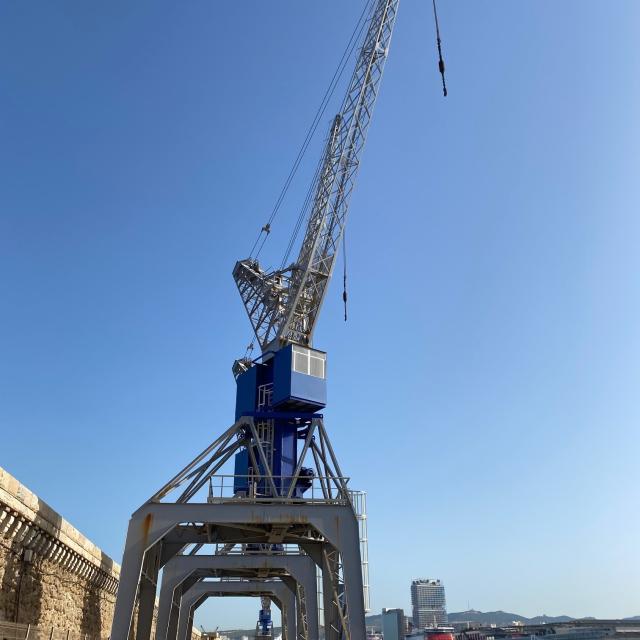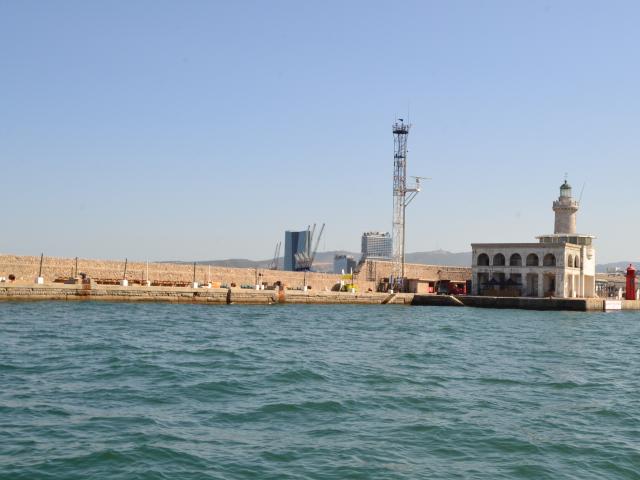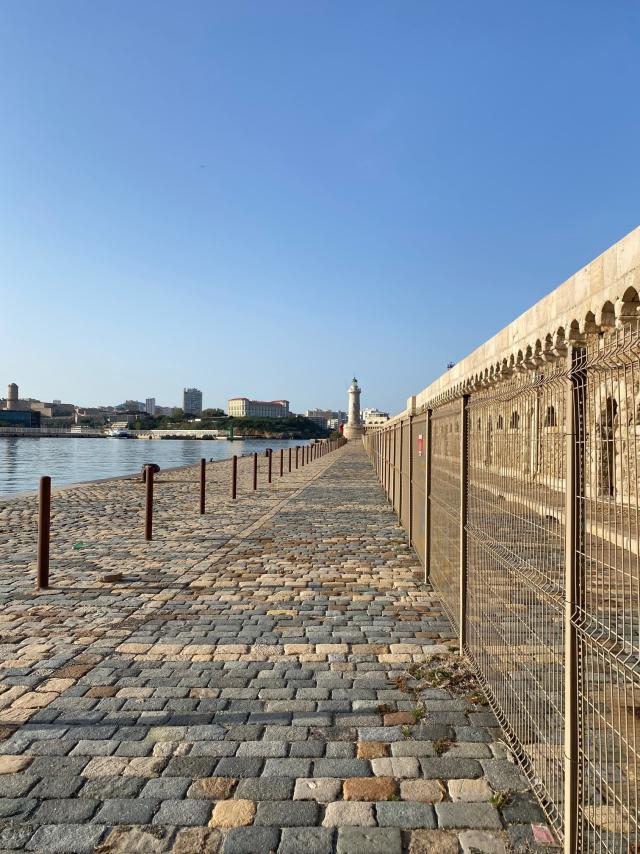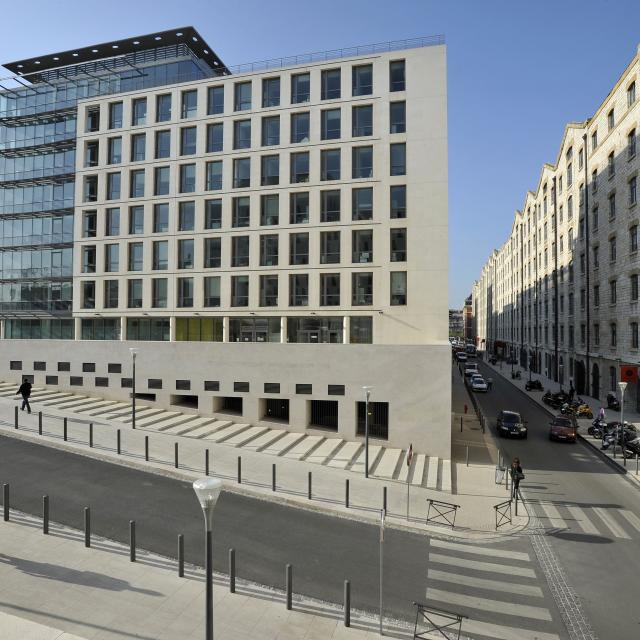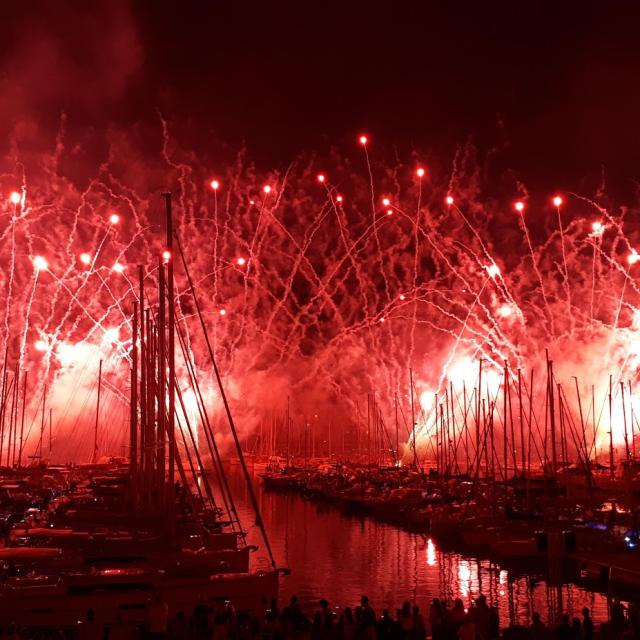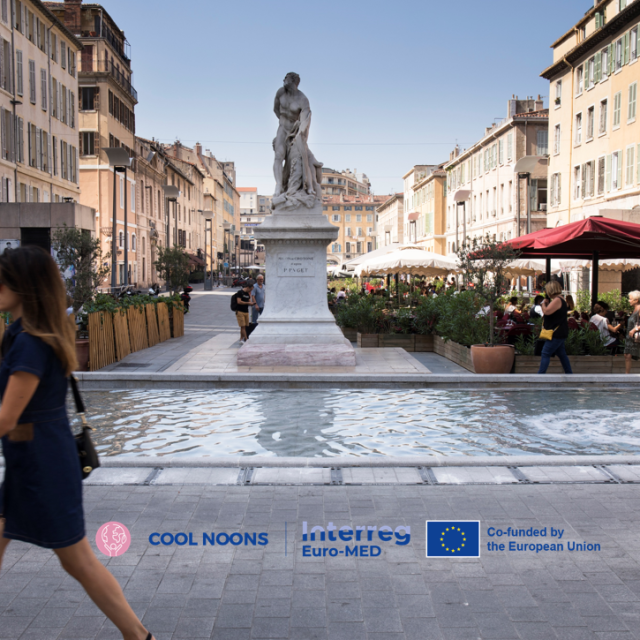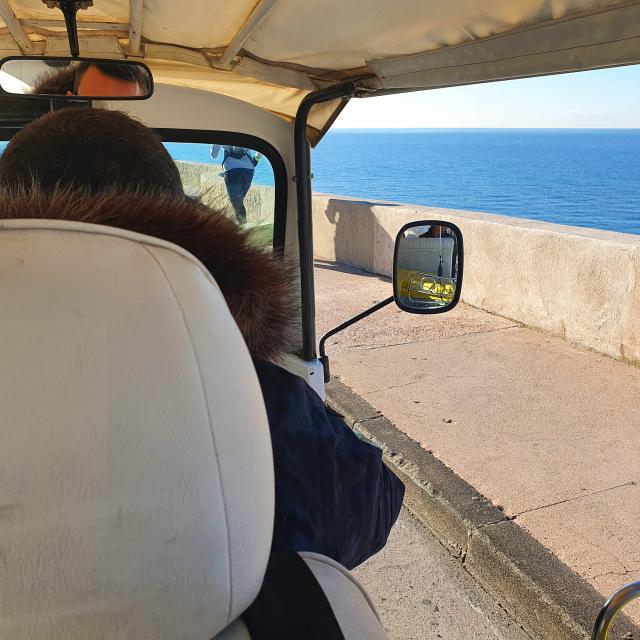Origins and construction
Construction of the Digue du Large dates back to the mid-19th century, a period marked by major infrastructure works. The project was initiated in 1844 under the reign of Louis-Philippe and continued to evolve under Napoleon III. The breakwater was a direct response to the need to modernize the port and increase its capacity to accommodate ever-larger ships, in step with growing industrialization. Today, the Digue extends for almost 7 kilometers from the entrance to the Vieux-Port to l’Estaque.
Developments and improvements
Over the years, the Digue du Large has undergone several modifications and extensions. Initially conceived as a purely functional structure, it has been strengthened and lengthened several times to meet the changing needs of the port and the challenges posed by erosion and weather conditions. Each modification has contributed to its sturdiness, making it today an impressive monument and an integral part of the port’s infrastructure. It was completed in 1925. As the port’s protective shield, it plays a crucial role in maritime safety.
